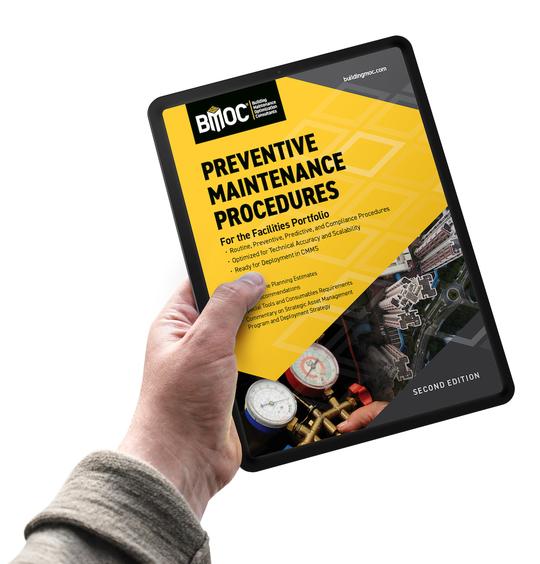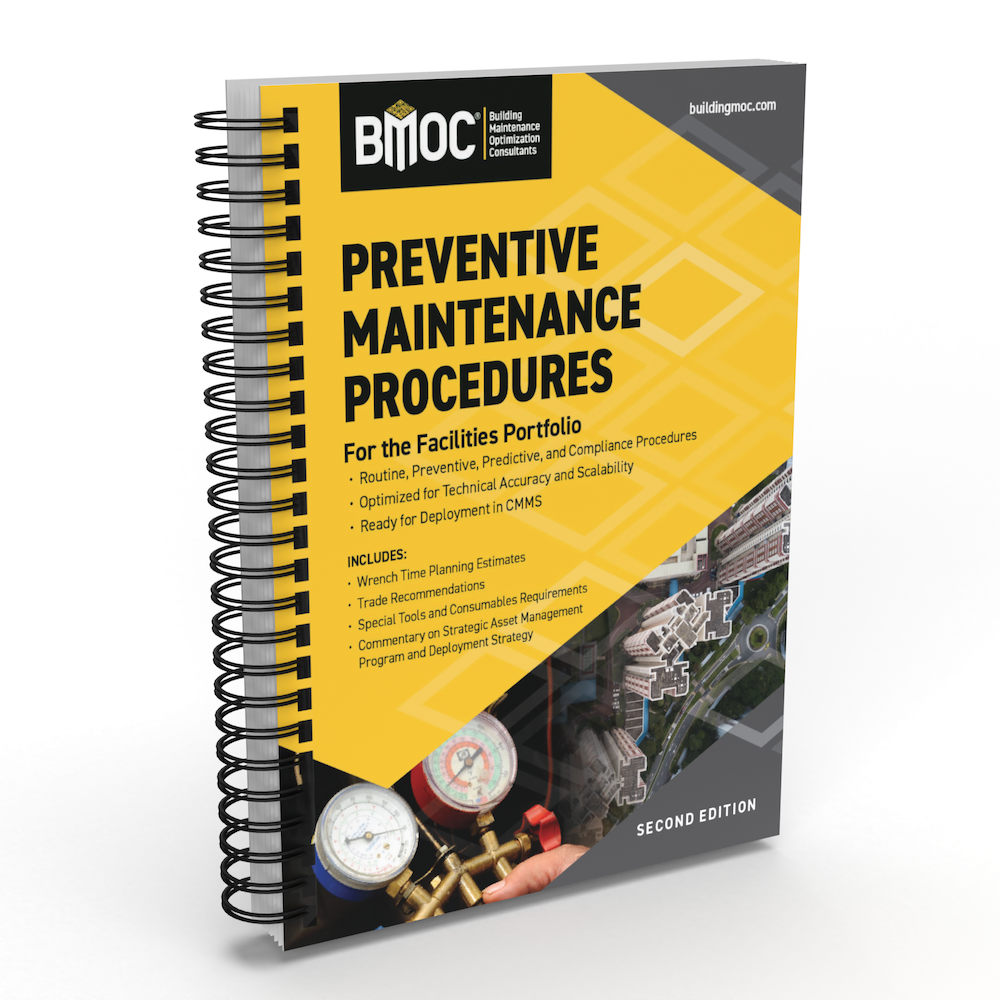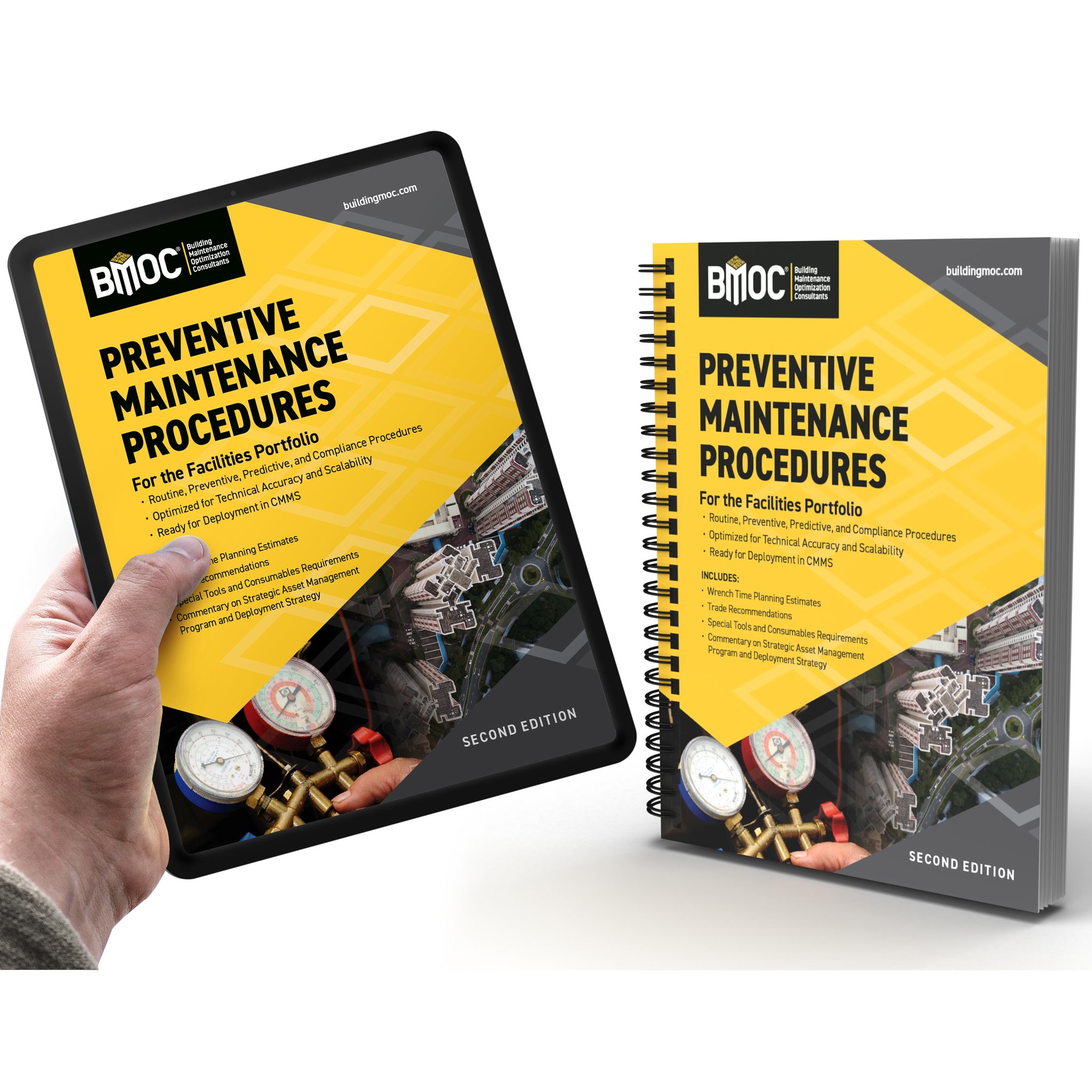In my February 2004 column, I introduced the concept of “CMMS ready on day one of occupancy.” The idea was to begin to collect equipment O&M manuals immediately following the acceptance of the equipment shop drawing submittal. The concept was to begin to collect the O&M data at the start of the construction project, instead of at end of construction, so that the facility staff would have sufficient time early in the job to begin to create their CMMS system PM workorders well in advance of day one of occupancy. We even provided language to be added into the contract specification so that the contractor was obligated to fulfill this request.
No Goal!
Several jobs later, I have found that this approach isn’t achieving the goal we set. The problem, as I see it, is that most facility groups were not prepared to take the initiative to be proactive with the development of the PM workorders this early in the project. I think the idea of getting the O&M manuals in a timely manner and then beginning the development of the asset database leading up to the actual creation of workorders was too much of a culture change for maintenance management.I’m not sure why that is, but seldom did I find a facility person being proactive with the information received by turning them into PM workorders. So this year I’m going to “Plan B,” with the idea that we will provide the asset database and associated PM workorders as part of our commissioning services, and we’ll do so at no additional cost!
Why am I doing this? Well, planned (a.k.a., preventive) maintenance workorders contribute to equipment service life being more sustainable then reactive maintenance. As engineers, we need to do something sustainable to ensure the client will have PM workorders in place on day one of occupancy, because the current process isn’t working.
In fact, if you think about it, the current process of engineers specifying that the contractor provide the O&M manuals to the facility engineer hasn’t worked as far back as you can go in this business. There are lots of reasons for this failure and maybe this would be a good topic for an Engineered Systems webinar, but for today, let’s just agree facility managers aren’t sitting around waiting for something to do so when those volumes of O&M manuals eventually show up on their desks.
The Dawn Of Plan B
My Plan B goes back to the late 1980s and early ’90s, when I had the opportunity to work for a mechanical contracting company that also had an O&M outsource firm that operated and maintained around 24 million sq ft of facility space. I had the chance to oversee the technical support for this outsource firm, which included the management of the company’s PM workorder system. When we took over the management of a building’s mechanical and electrical systems, it was my groups’ responsibility to create the PM workorders for this new account. We didn’t spend time looking for O&M manuals at the facility, but instead we simply went to our library of PM workorders for maintenance management needs. Starting with an asset database that inventoried the equipment, we would generate workorders needed for our on-site maintenance technician(s) to do their job.Based on this experience, I came to appreciate what it took to create a workorder by learning from outsourced facility engineers who have a totally different engineering role from that of the design engineer. It is ironic that the design engineer, who probably has never seen a PM workorder, is the one specifying O&M manual requirements, while a contractor, who also probably hasn’t seen a workorder, either, is the one responsible for providing what a facility engineer needs. The phrase, “Blind leading the blind,” comes to mind when thinking about these 20th-century contract specification criteria. It’s time we make a change.
The Future of PM Workorders
Today, nothing has changed when it comes to an outsource firm moving in and taking over the operation of a building’s systems, but my facility experience got me thinking, “Why can’t we provide the PM workorders when we commission a project or design a building infrastructure?” With the endorsement of the company I work for, we began to create a PM workorder library.In 2008, our group will implement Plan B; we’ll inventory equipment assets and input the information into a database for the jobs we will be commissioning. I think in the 21st century, we should still ask for O&M’s but do so by specifying the documents be electronically sent (see “Tomorrow’s Engineer,” May 2006), while also having access to a library of PM workorders to streamline the process. ES



